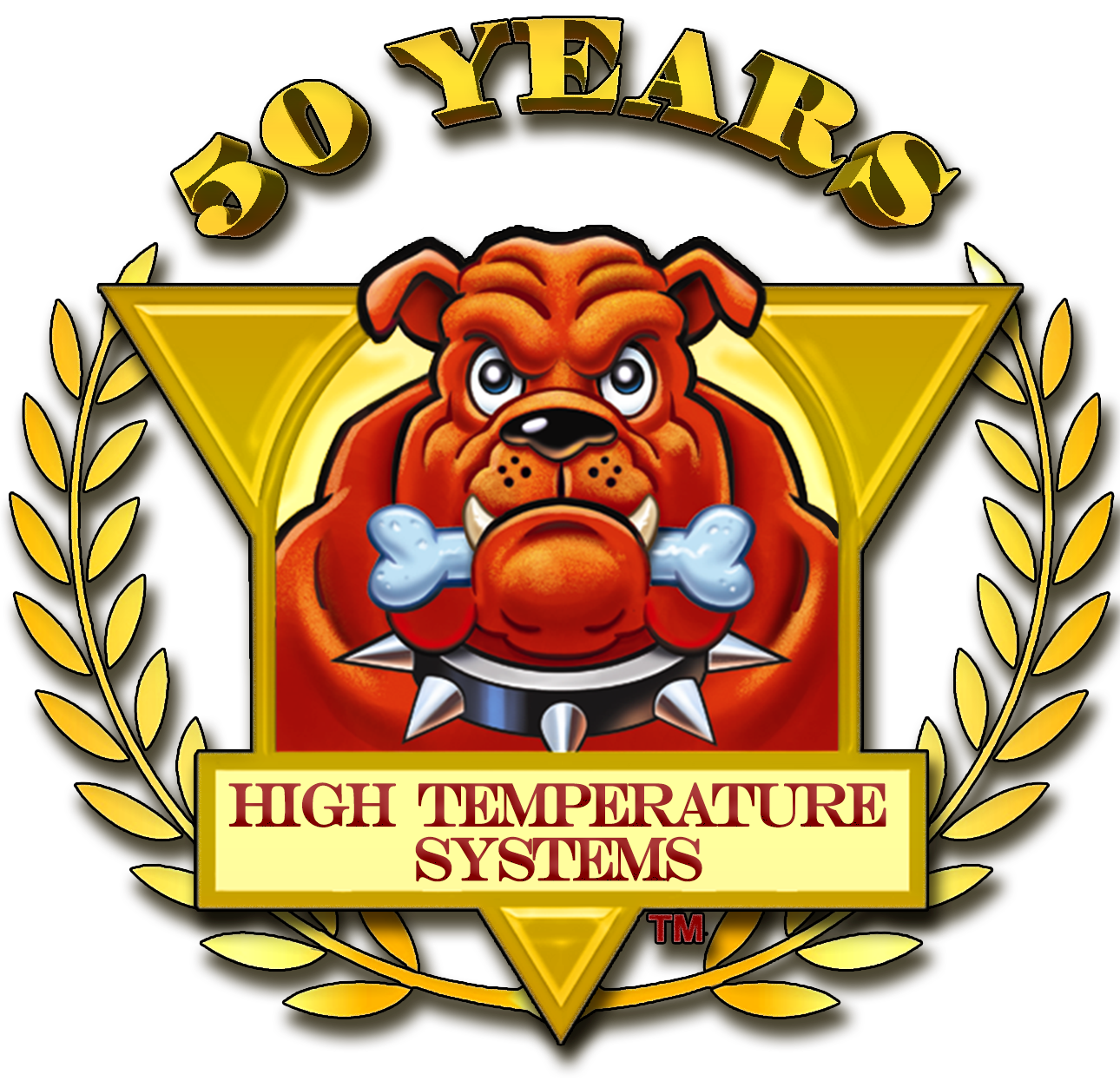Understanding Rotary Degassing of Aluminum
Rotary degassing is a critical process in aluminum casting to remove dissolved hydrogen and impurities from molten aluminum. Dissolved hydrogen, if left unchecked, forms bubbles during solidification, leading to porosity in the final casting. This porosity negatively affects mechanical properties, reducing strength and ductility.
How It Works
Inert Gas Introduction:
A rotary degasser involves a graphite rotor attached to a graphite shaft. The rotor is immersed in the molten aluminum.
Inert gas (usually nitrogen or argon) is introduced through the hollow shaft.
The rotating rotor breaks the gas into tiny bubbles, dispersing them throughout the molten metal.
Hydrogen Diffusion:
The tiny bubbles have a large surface area, creating ideal conditions for hydrogen diffusion.
Dissolved hydrogen in the aluminum diffuses into the gas bubbles.
Bubble Removal
The gas bubbles, now containing hydrogen, rise to the surface of the molten aluminum.
These bubbles are removed from the melt, effectively degassing the aluminum.
Impurity Removal:
As the bubbles travel upwards, they also attract and carry non-metallic inclusions (oxides, etc.) to the surface, where they can be skimmed off.
Equipment
Graphite Rotor and Shaft: Graphite is ideal because of its resistance to high temperatures and chemical inertness with molten aluminum.
Inert Gas Supply (Nitrogen or Argon): Inert gases prevent the oxidation of molten aluminum during the process.
Drive System: A motor system is used to rotate the shaft and rotor.
Benefits of Rotary Degassing
Improved Casting Quality: Reduced porosity and inclusions lead to superior mechanical properties and a better surface finish of aluminum castings.
Reduced Scrap: Decreased porosity leads to fewer casting defects and lower scrap rates.
Consistency: Provides a controllable and repeatable process, ensuring consistent melt quality.
Efficiency: It’s a relatively fast and efficient method of removing dissolved hydrogen compared to other methods.
Important Considerations:
Gas Purity: The inert gas used in rotary degassing must be very pure to avoid introducing contaminants.
Rotor and Shaft Maintenance: Regular inspection and replacement of these components are crucial for optimal performance and longevity.
Process Control: Careful monitoring of gas flow rates, rotation speed, and treatment time is essential for the best results.
Contact us for a consultation!
High Temperature Systems Trident Stationary Rotary Degassing System

